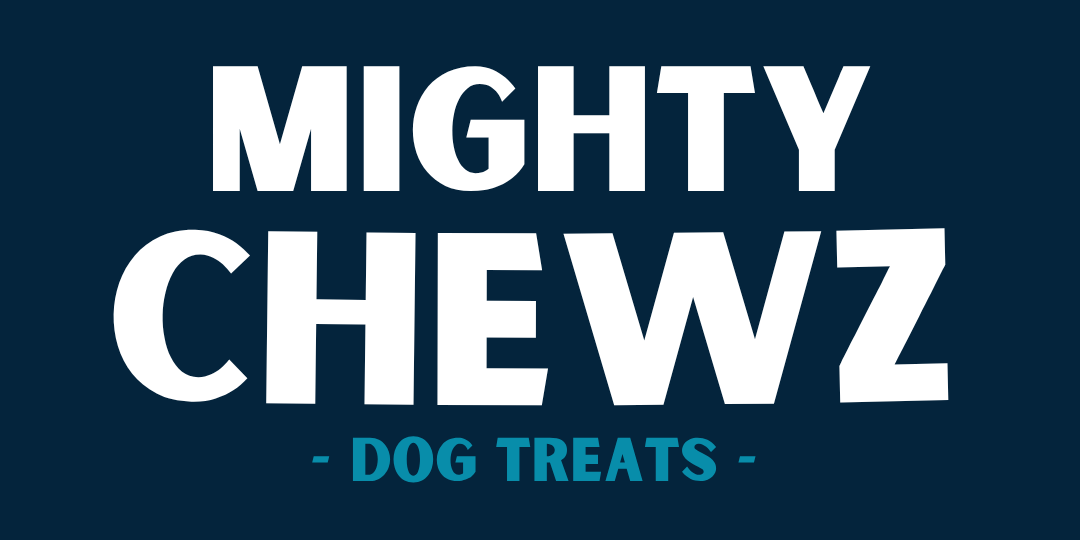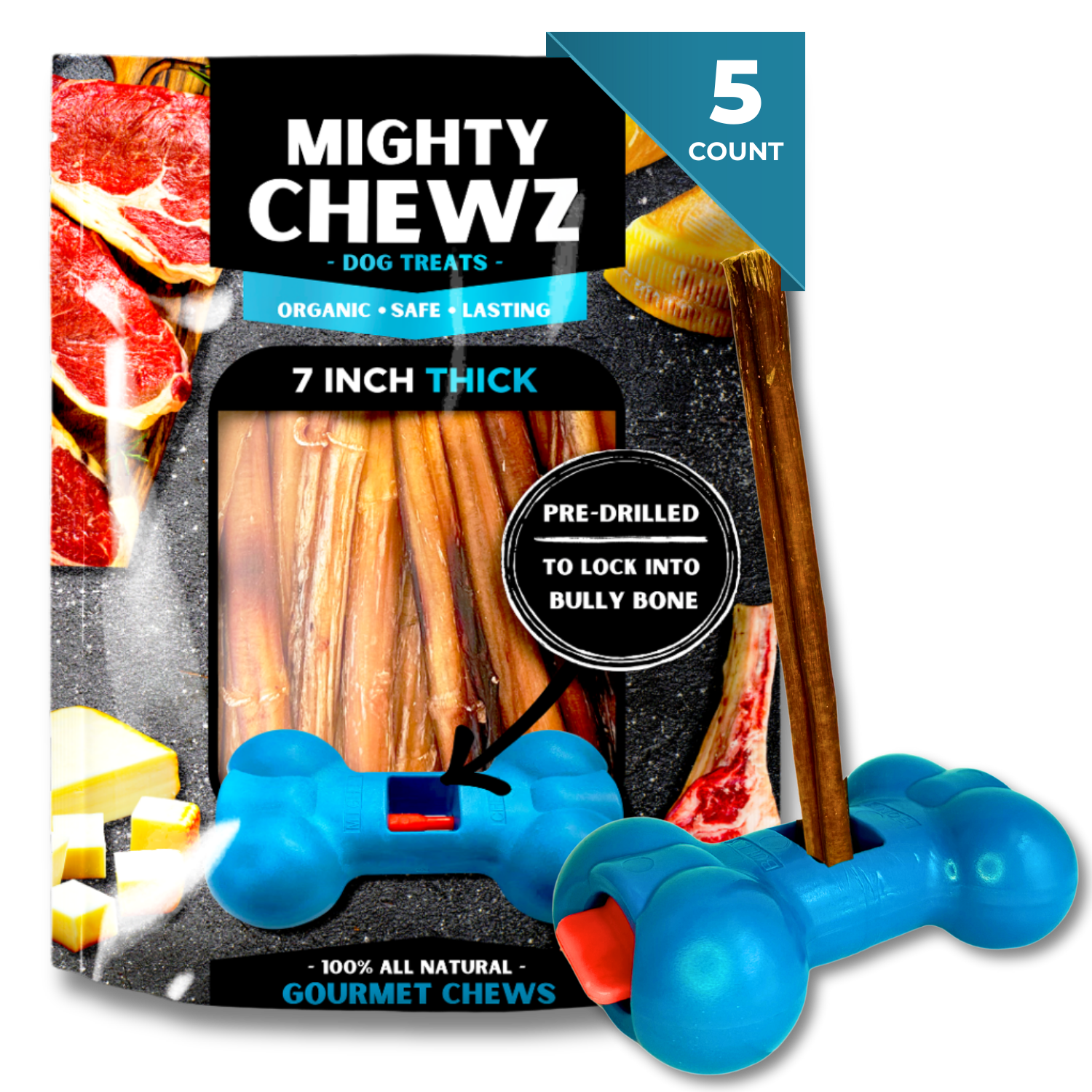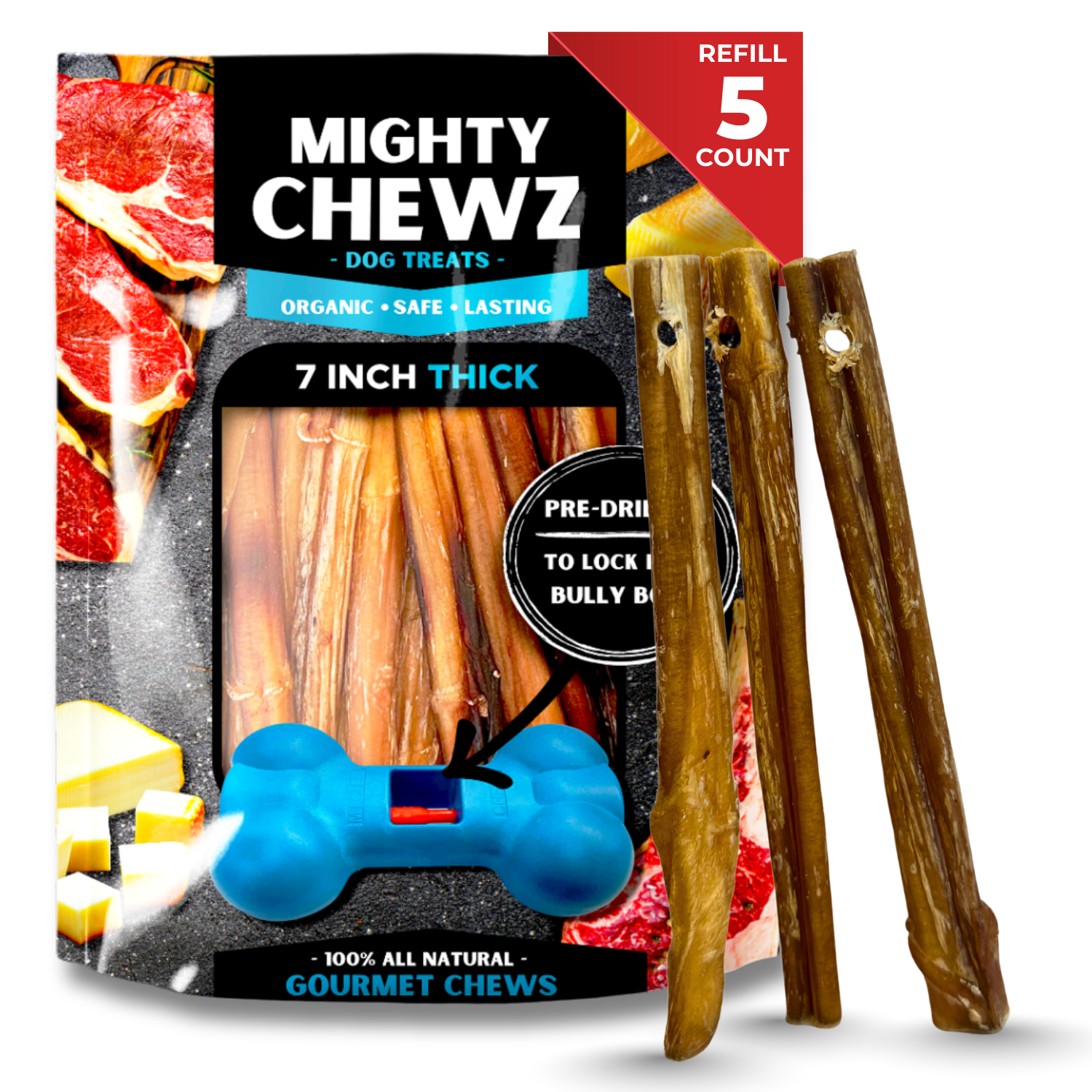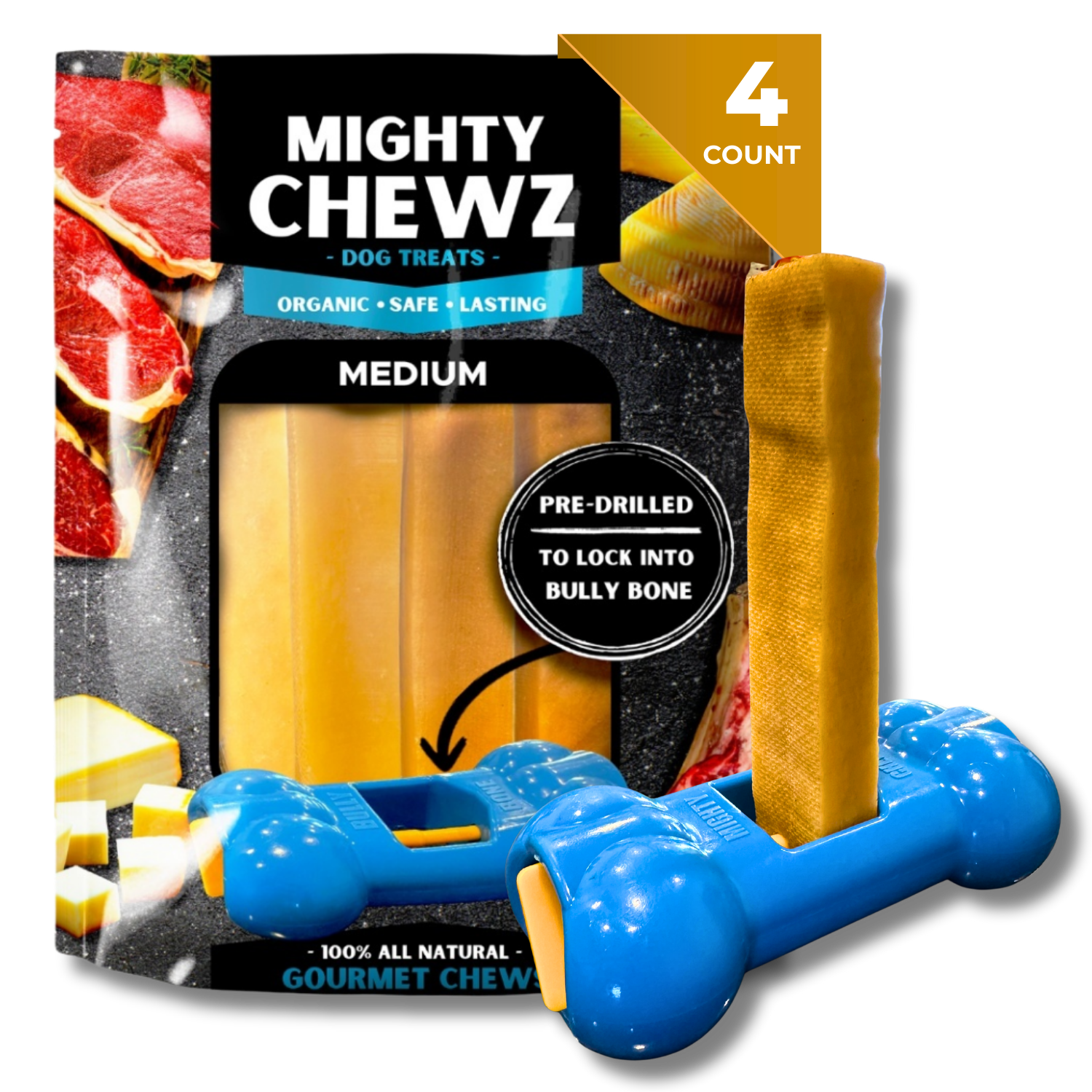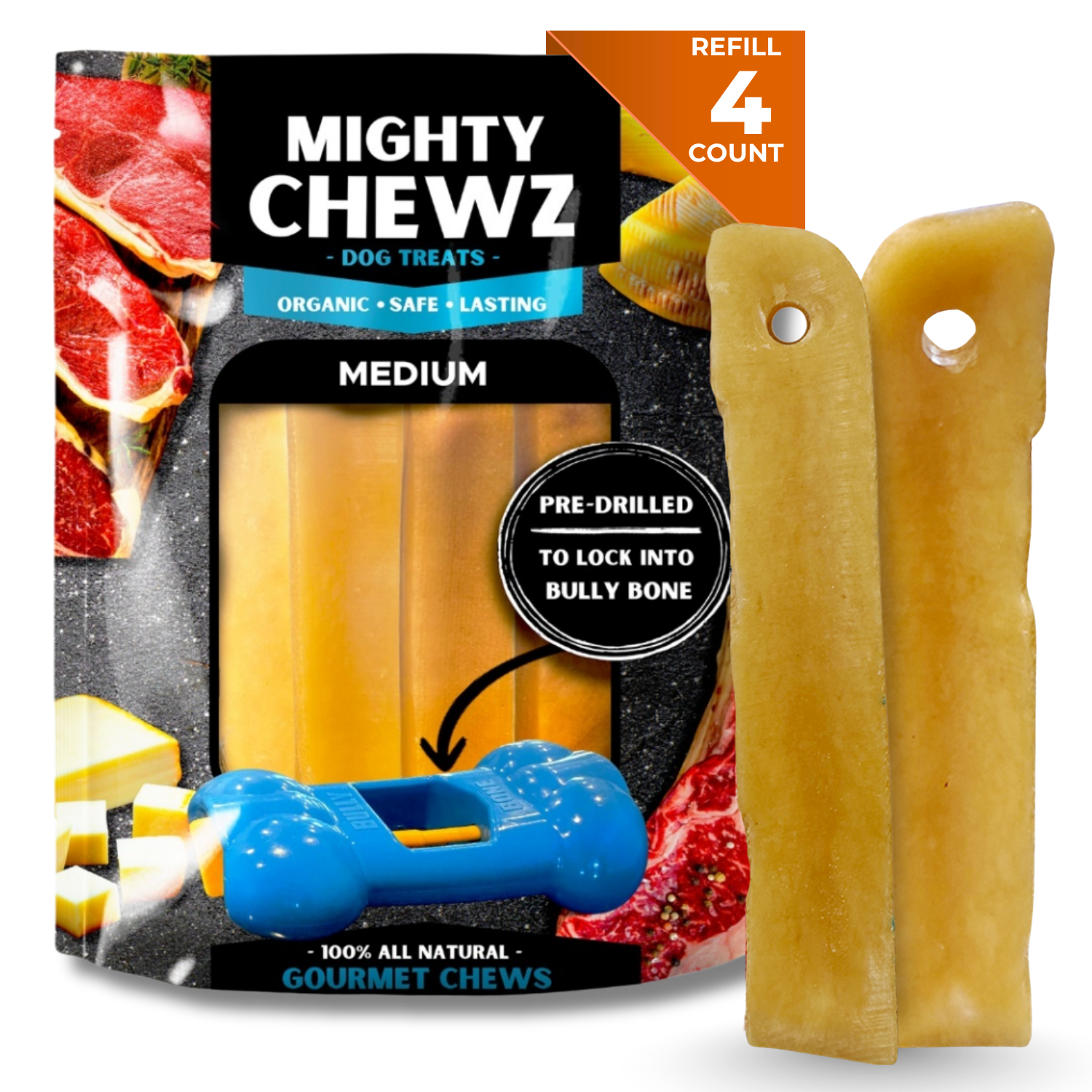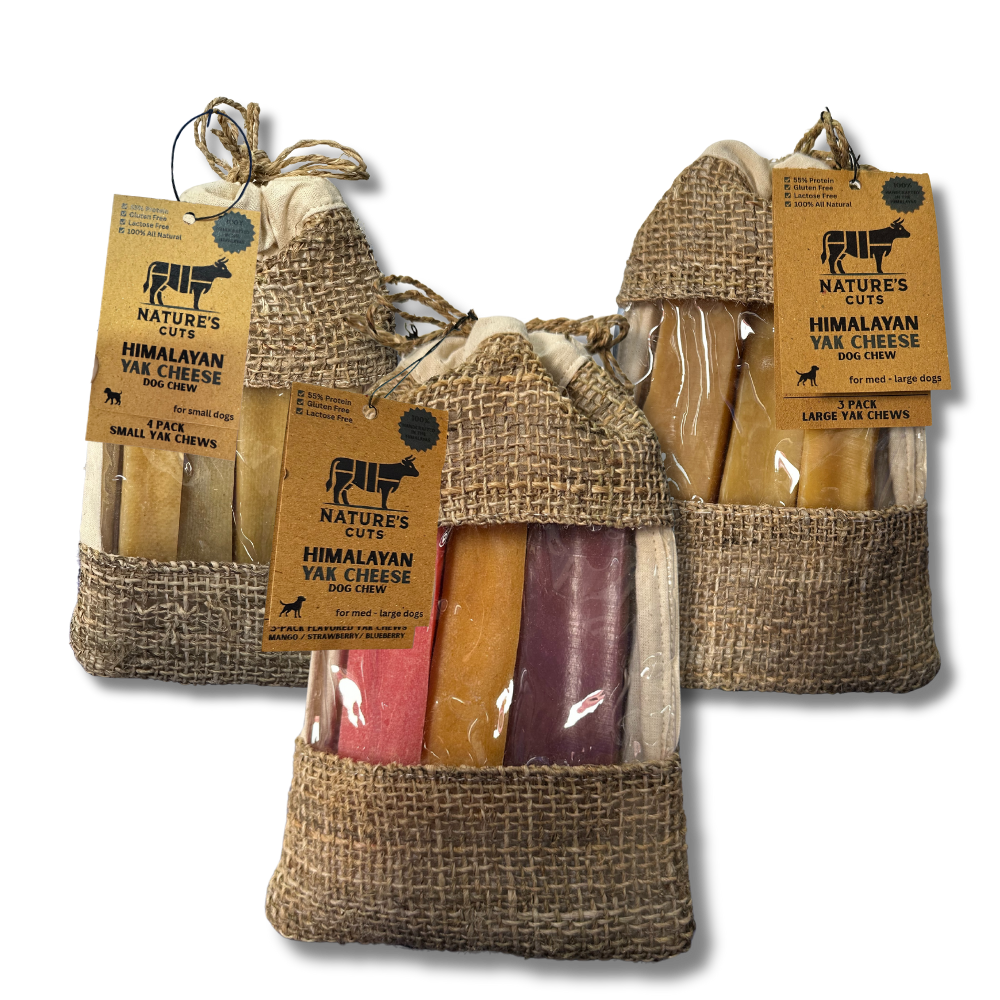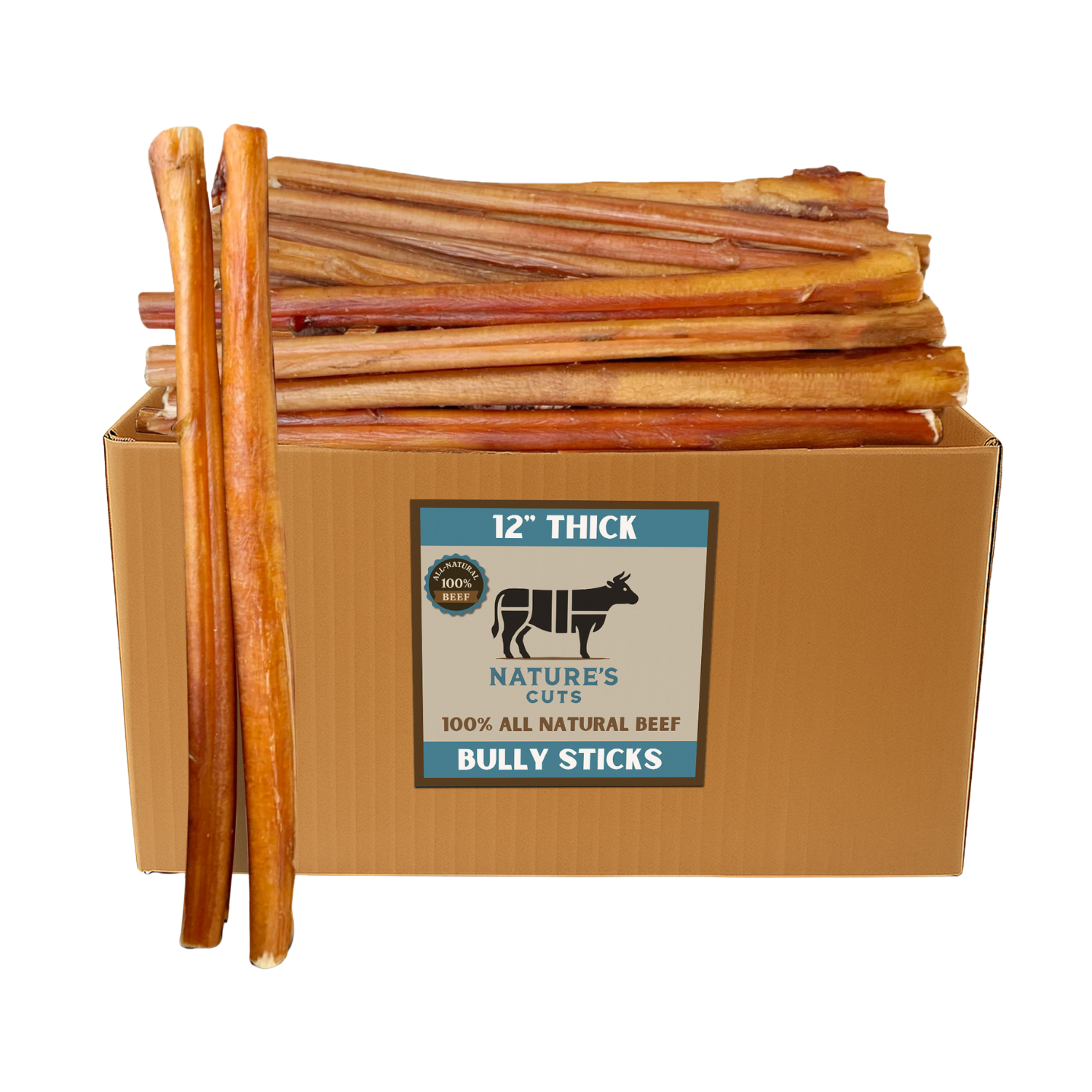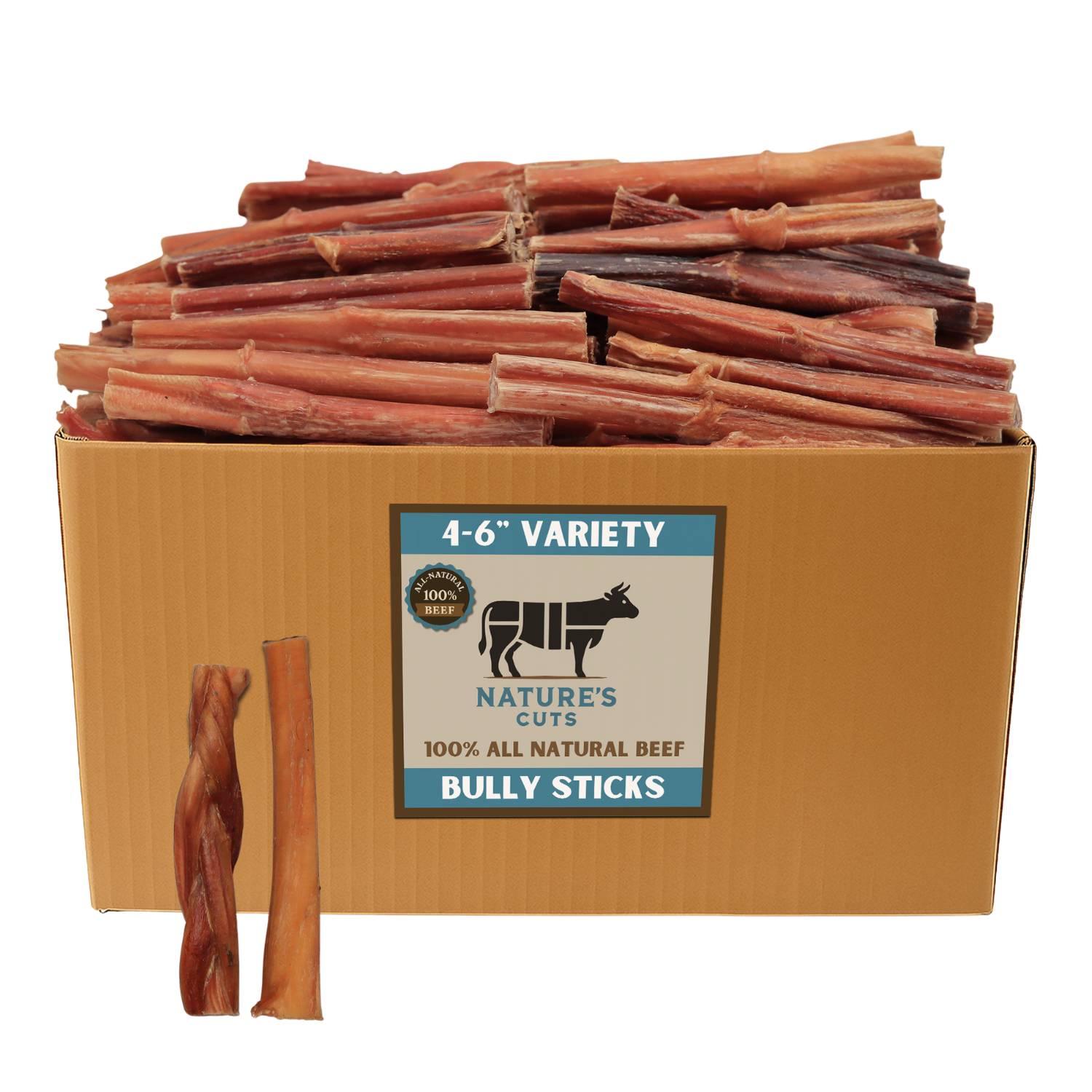
Comparing Bully Sticks to Other Dog Chews: Making the Best Choice for Your Pooch
As a responsible dog owner, you want the best for your four-legged friend, and that includes choosing the right dog chews. With so many options available, it can be challenging to decide which one is ideal for your furry companion. In this blog post, we'll take a closer look at the most popular dog chews on the market and compare them to one of the favorites: bully sticks. By the end of this article, you'll be equipped with the knowledge to make the best choice for your beloved pet.
1. Bully Sticks: A Natural Favorite
Bully sticks, also known as pizzle sticks, are derived from beef muscle, making them a natural and nutritious choice. They're free from artificial additives, preservatives, and unnecessary fillers, making them a safe option for dogs with food sensitivities. Unlike some chews that can pose choking hazards or digestive issues, bully sticks are easily digestible and unlikely to splinter, enhancing their safety.
2. Rawhide: The Controversial Choice
Rawhide chews have long been a staple for dog owners. They're inexpensive and widely available, but there are potential downsides. Rawhide can pose choking risks, as well as concerns about potential contamination and the use of chemicals in processing. If you choose rawhide, always supervise your dog and select high-quality, American-made options.
3. Dental Chews: Focused on Oral Health
Dental chews are specifically designed to improve your dog's oral hygiene. They often come in various shapes and sizes, promoting chewing and scraping away plaque and tartar. While they can be beneficial for dental health, they may not provide the same satisfaction and mental stimulation that bully sticks do.
4. Bones: A Classic Chew
Bones are a timeless choice for dogs, but there are risks involved. Cooked bones, in particular, can splinter and cause harm to your dog's mouth or digestive tract. While some types of raw bones can be a safer option, they still require careful supervision.
5. Antlers: The Natural Chew
Antlers are a natural and long-lasting option that some dogs enjoy. They are typically low in fat and don't splinter like bones, making them safer. However, antlers are extremely hard and can lead to dental damage if your dog is an aggressive chewer.
6. Synthetic Chews: A Safer Alternative
Synthetic chews, like Nylabones and rubber toys, offer a safe and durable option. These chews are designed to withstand rigorous chewing and can be stuffed with treats for added entertainment. They don't pose the same digestive or choking risks as some natural chews.
Making the Right Choice
When comparing bully sticks to other dog chews, it's clear that bully sticks offer a balance of naturalness, safety, and satisfaction that many other options can't match. However, the right choice for your dog ultimately depends on their size, age, chewing habits, and dietary restrictions. Regardless of your choice, always prioritize your dog's safety, supervise their chewing sessions, and consult with your veterinarian if you have any concerns about which chew is best for your pet.
In the end, the most important thing is to provide your furry friend with a safe and enjoyable chewing experience. Whether you opt for bully sticks, rawhide, dental chews, bones, antlers, or synthetic options, a happy and content dog is the ultimate goal.
Share
